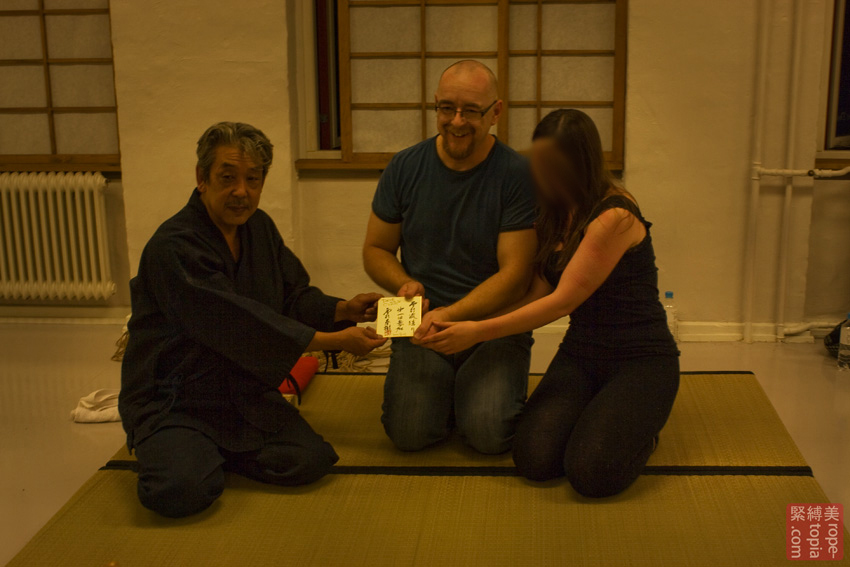Ichinawa, Ippon me no nawa and One rope
I've been asked a lot of times if Ichinawa is right for the one rope technique I teach or if it should be Ipponnawa. So rather then keep explaining it I'm going to write out my answer here and point people at it in future. The term comes straight from the Japanese language. Confusion has arisen because some people have been getting confused between naming and counting. Some have told me that Ichinawa is wrong and it should be Ipponnawa. It would be Ipponnawa if you were counting ropes. Or slightly more accurately Ippon me no nawa. Japanese counting is a nightmare so I checked this with a Japanese born professional translator who also agrees that it's a nightmare and a minefield. Ippon = one as in one two three... for long cylindrical things, The 'hon' category! Yes I know it's written 'pon' but it's still in the hon category. Ichi = one in a general sense can also mean best. (Ichiban is worth a mention as it's what you also might use for best or first as in first, second third.) There are also Japanese counting variants for flat thin objects, small compact objects, liquid in cups, bound objects (i.e. you count things like books differently to everything else), machines, the floors of buildings, pairs of things (i.e. socks), time, large animals, small animals, birds, people (formal), people (informal) and age. To be honest I've probably missed a few in that list. Nightmare right? Which is why I asked a professional translator who's a Japanese national and also into rope to make sure. Ichinawa definitely (in the opinion of a professional native Japanese translator) a correct usage for the naming of this technique. Now [...]


